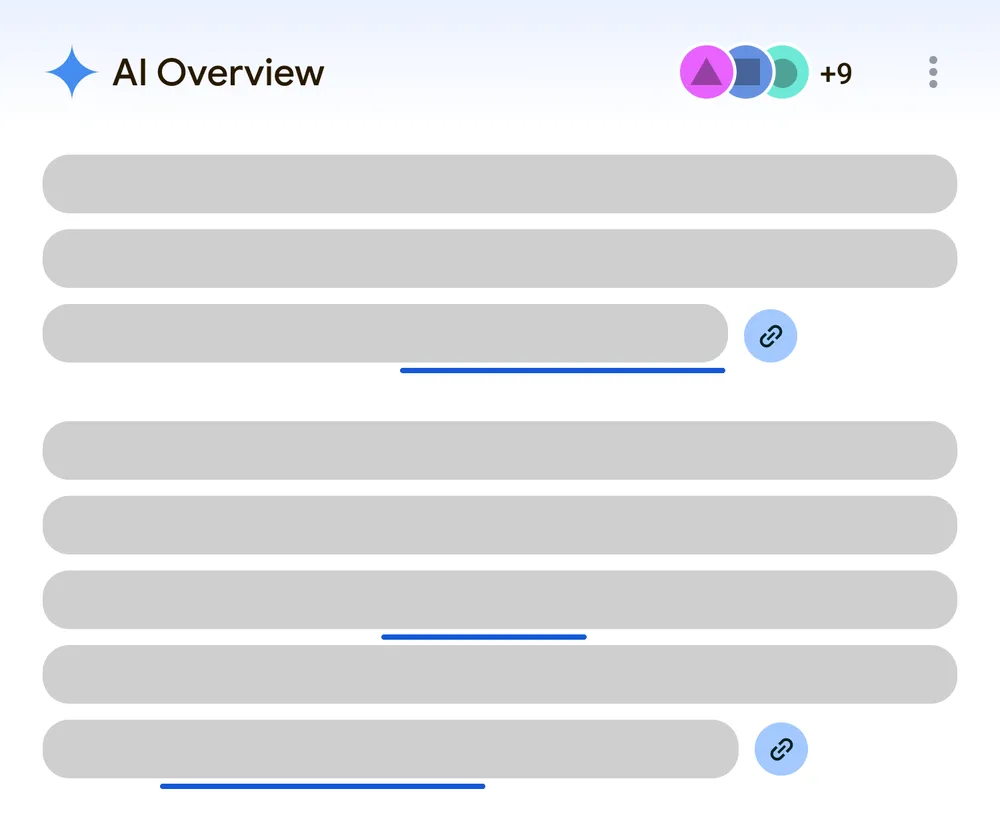
After weeks of ranking volatility, speculations, and waiting, Google finally rolls out the second core update for this year – the August 2024 core update. Read more on the core update roll out, the updated core update guidance, and other notable SEO news this week in our weekly news roundup below:
The past weeks, we have seen a lot of volatility in search rankings, with the past week being a more quiet period – indeed harbinger for the much awaited roll-out of the second core update this year – the August 2024 Core Update.
Google has announced on Thursday the release of the August 2024 Core Update which they say is designed to continue their work to improve the quality of search results by showing more content that people find genuinely useful and less content that feels like it was made just to perform well on Search.
According to Google, this latest update takes into account the feedback they have heard from creators and others over the past few months. They aim to connect people with a range of high-quality sites, including small or independent sites that are creating useful, original content, when relevant to users’ searches. The update also aims to better capture improvements that sites may have made.
The roll out may take up to a month to complete.
The help page about core updates have also been updated, to include more in-depth guidance for those who may see changes after the/a core update.
With the announcement of the August 2024 Core Update, Google has also announced that they have updated their help page on core updates to include more in-depth guidance for those who see changes after a core update.
The changes to the documentation include what to do if you see a position/traffic drop that correlates with the timing of a core update. Particular steps are provided such as:
If you see a sustained large drop in rank for your whole site, evaluation of the pages that were impacted and a self-assessment of the site using Google’s helpful content guidance is recommended.
Things to keep in mind when making changes have also been added – avoid doing “quick fix” changes, consider how you can improve your content in meaningful ways, deleting content is a last resort.
When it comes to how long it takes to recover, Google states that if you’ve made improvements, it may take time to see an effect in Search results: some changes can take effect in a few days, but it could take several months for their systems to learn and confirm that the site as a whole is now producing helpful, reliable, people-first content in the long term. If it’s been a few months and you still haven’t seen any effect, that could mean waiting until the next core update.
It also highlights that there’s no guarantee that changes you make to your website will result in noticeable impact in search results, and that positions in Google Search results aren’t static or fixed in place. Google’s search results are dynamic in nature because user expectations evolve and the open web itself is constantly changing with new and updated content. This constant change can cause both gains and drops in organic Search traffic.
Google has announced that they are currently experiencing an issue with ranking in Google Search that is affecting a large number of search results. They have identified the root cause and are currently working on a fix. According to them, the issue is unrelated to the ongoing core update rollout.
As of publishing, the issue has not yet been resolved. Updates will be provided by Google in the Search Status Dashboard.
Google has announced that after extensive testing and positive feedback, they are bringing AI Overviews to six new countries – United Kingdom, India, Japan, Indonesia, Mexico and Brazil – along with local language support in each country.
Aside from the roll out to more locations, Google is also introducing more ways to check out relevant websites while on search with the addition of a new right-hand link display for AI Overviews on desktop, which is also accessible on mobile by tapping the site icons on the upper right of the overviews. These would look like –

These updates are beginning to roll out globally for AI Overviews in all launched territories, and in Search Labs.
Google is also currently testing adding links to relevant pages directly within the AI Overviews content, to make it even more easier for people to click and visit sites that interests them.
For those in Search Labs, new additions have also been introduced – the capability to save specific AI Overviews for later access and the option to simplify the language of the AI Overviews in just a single button.
Read more on the new additions in this Google blog post.